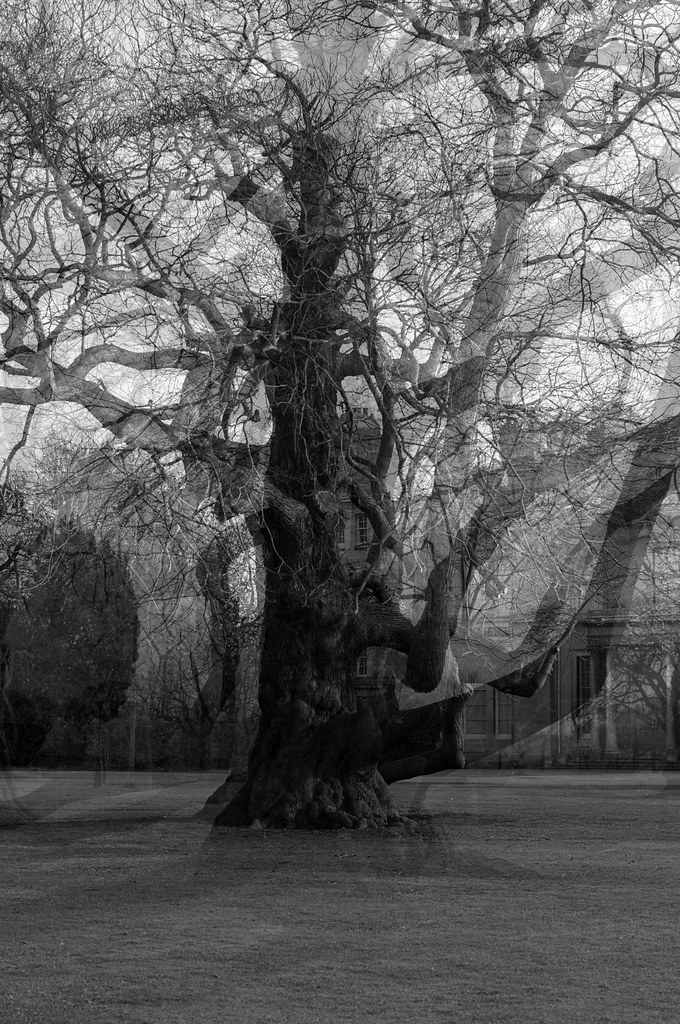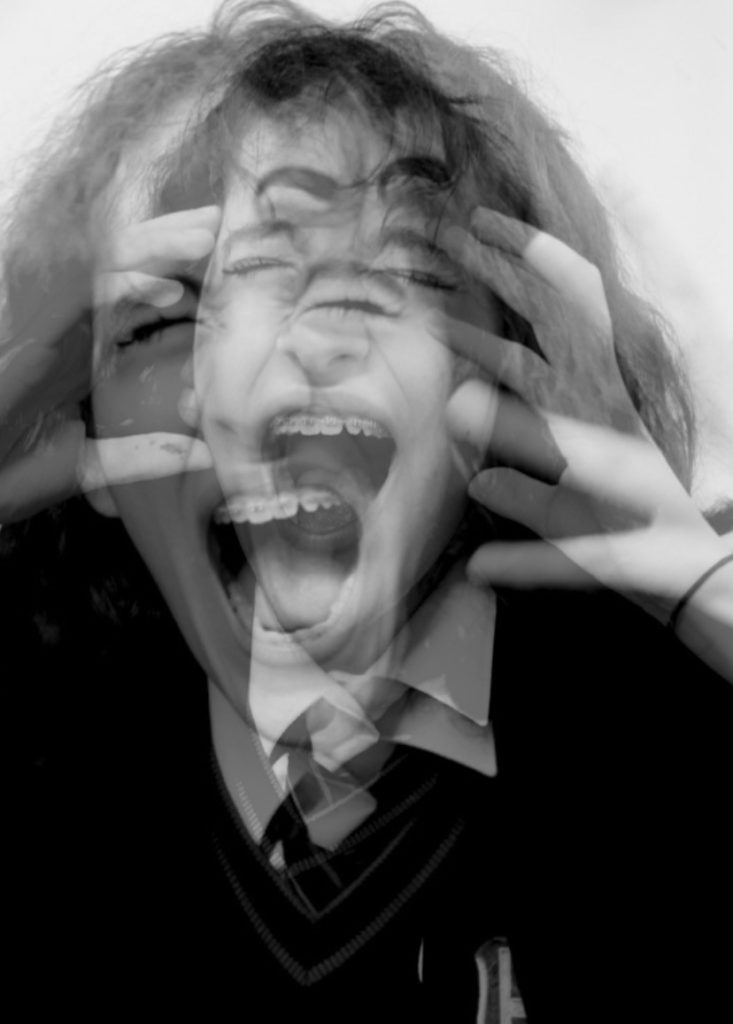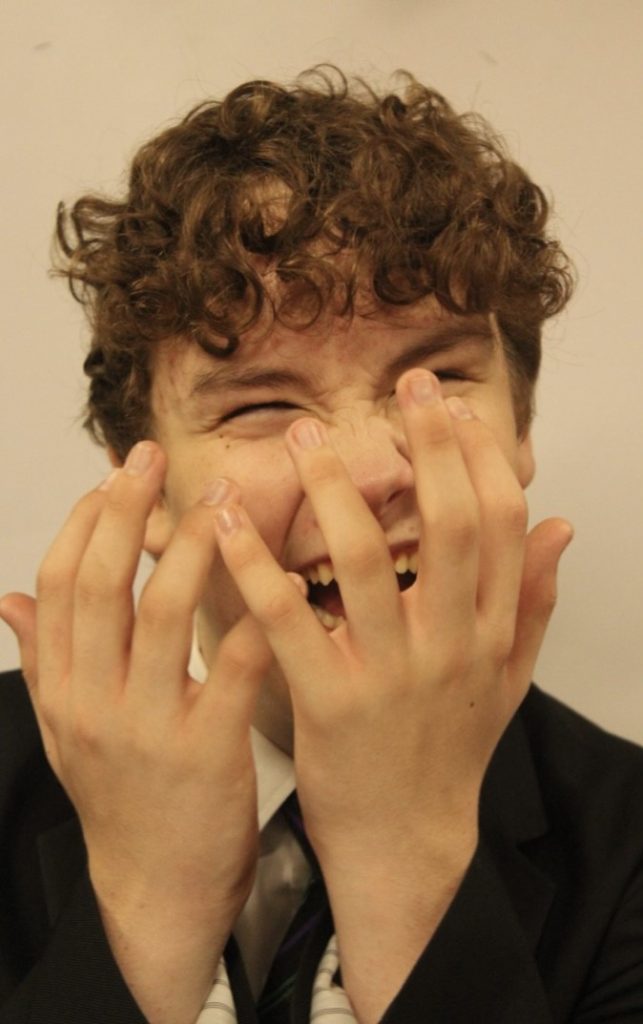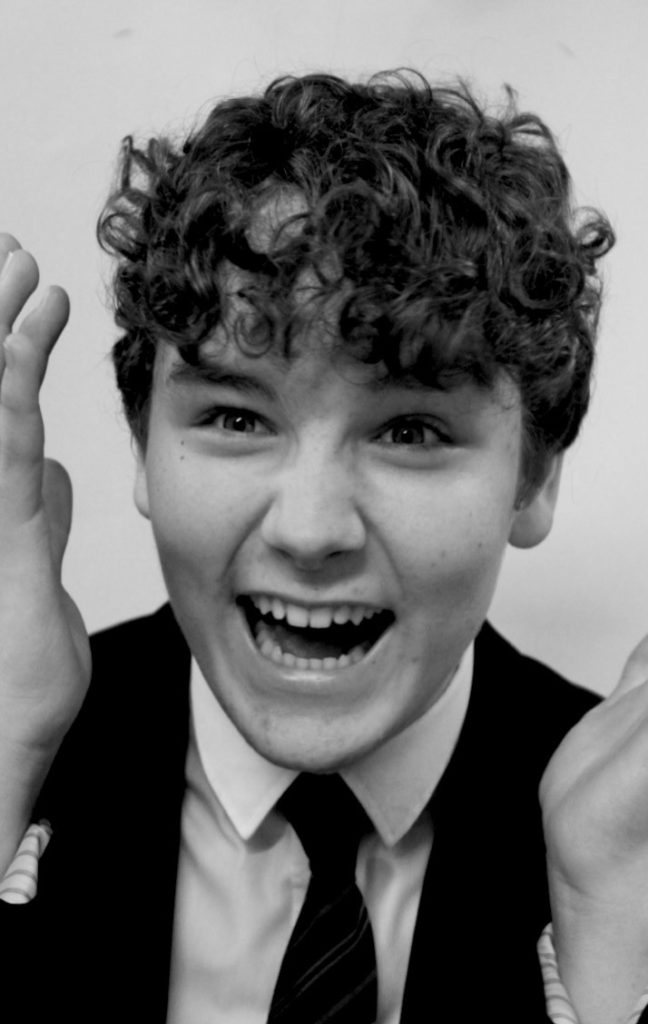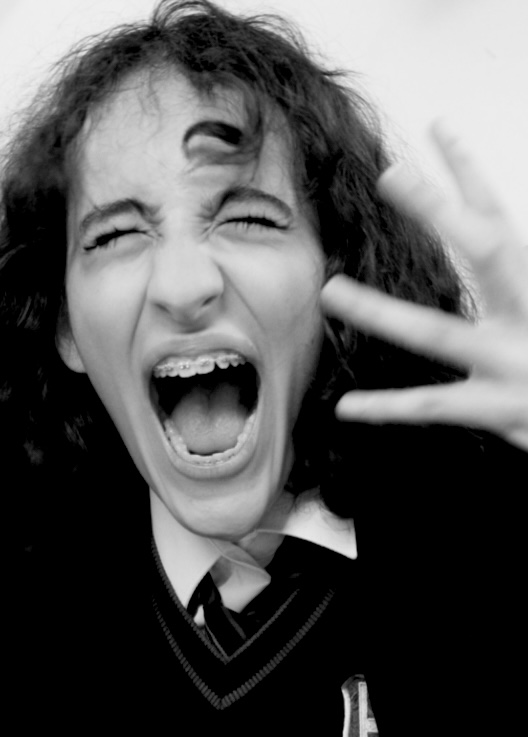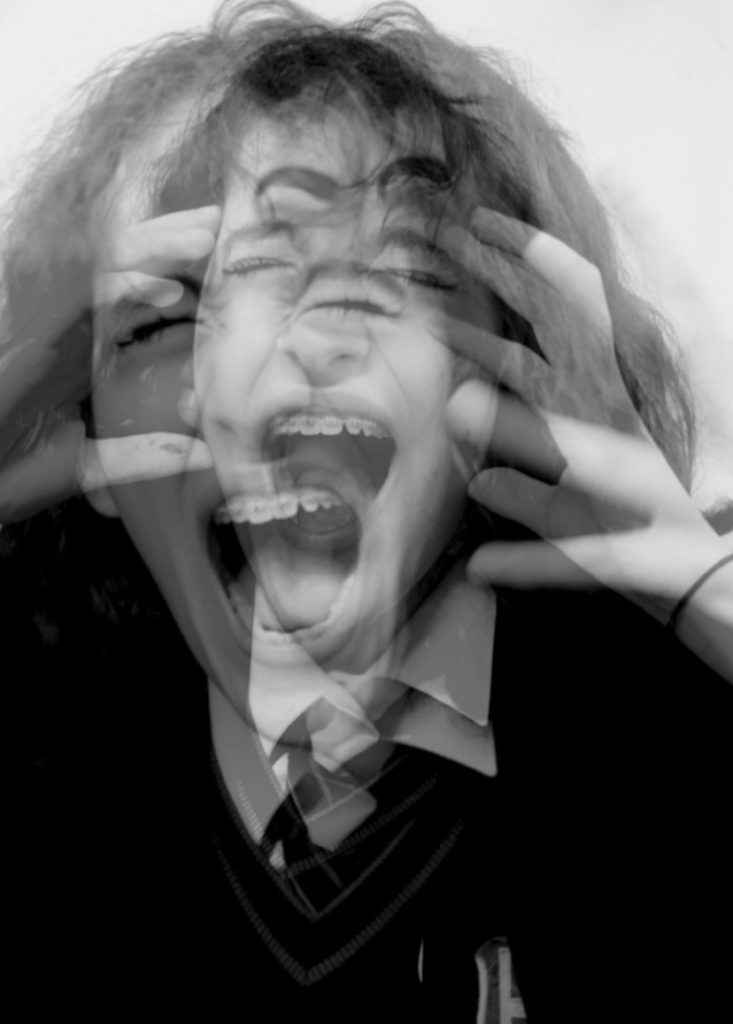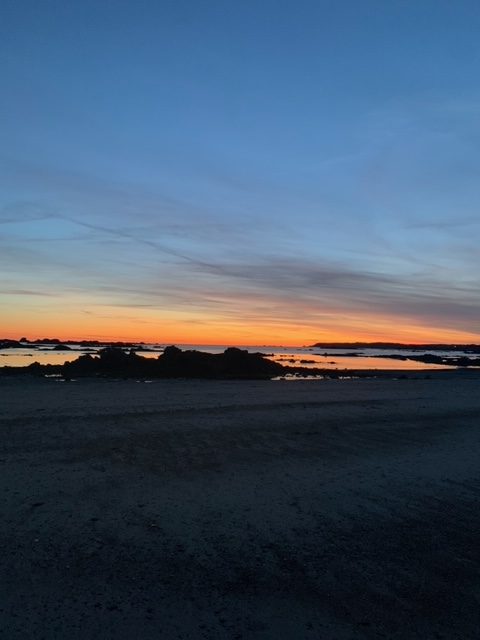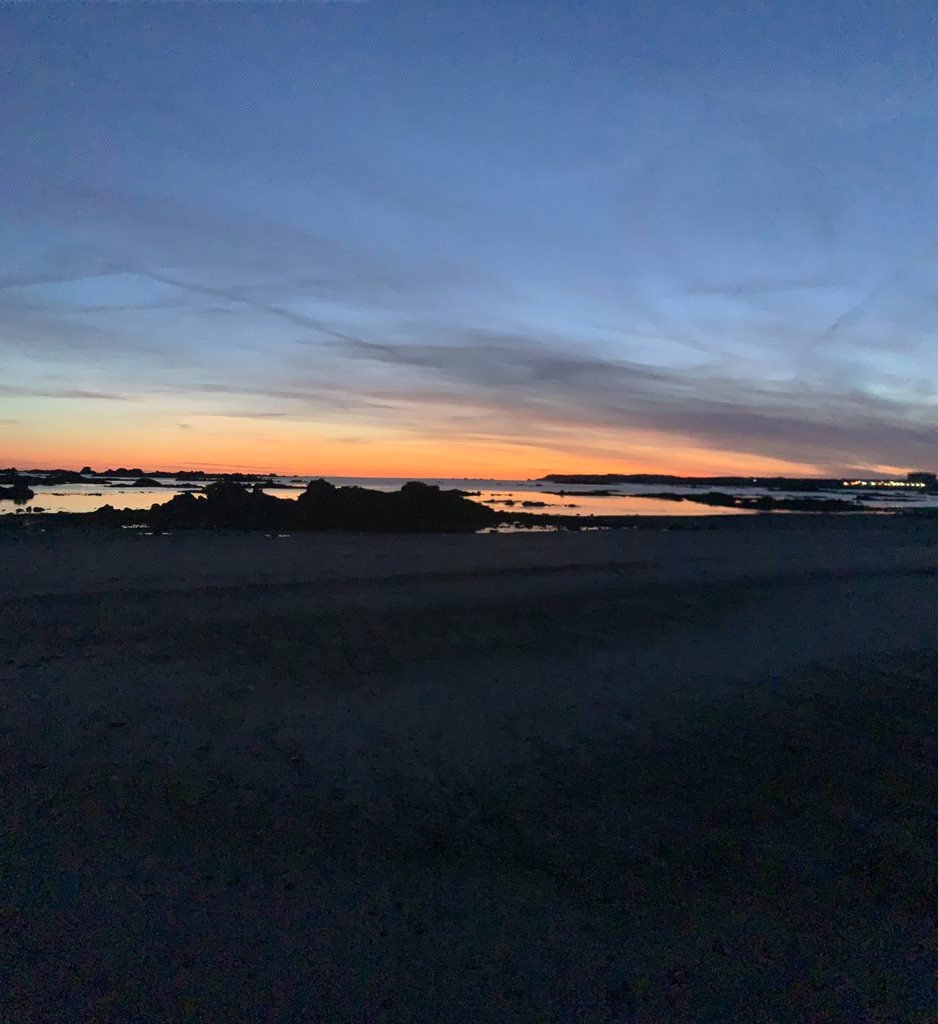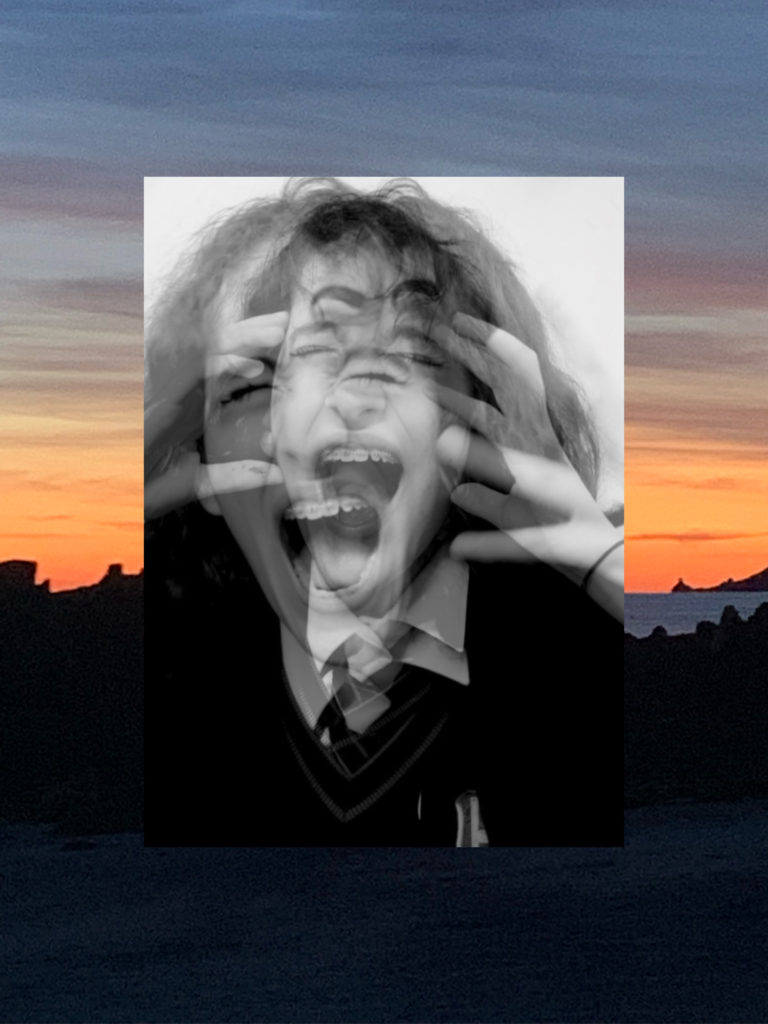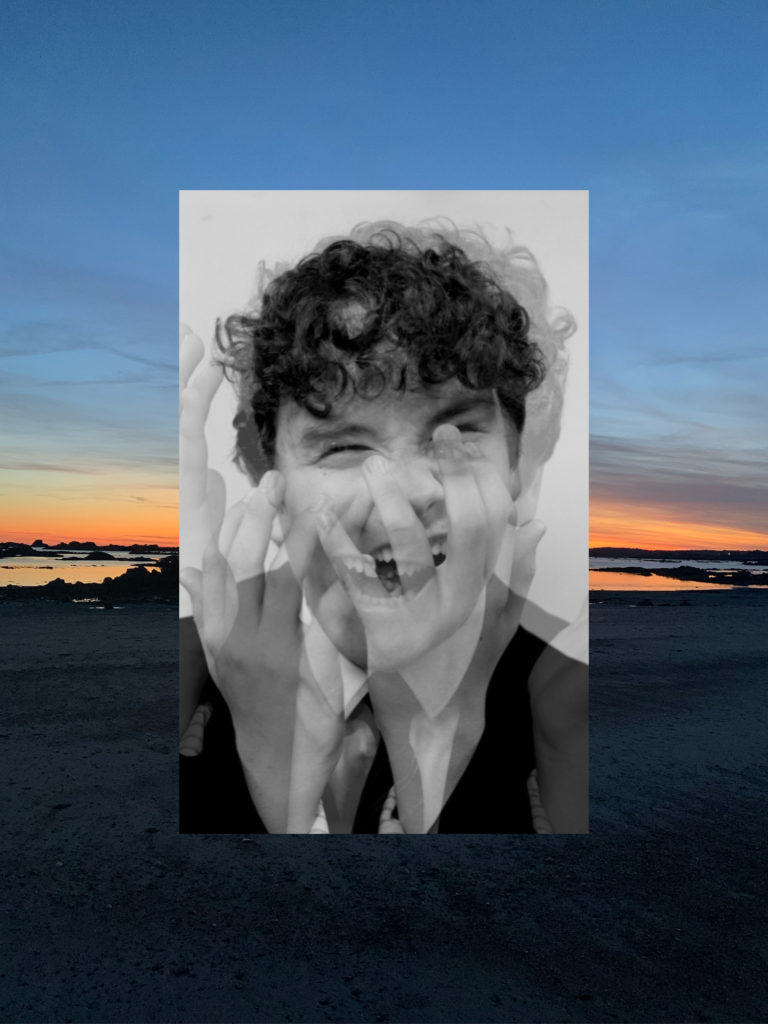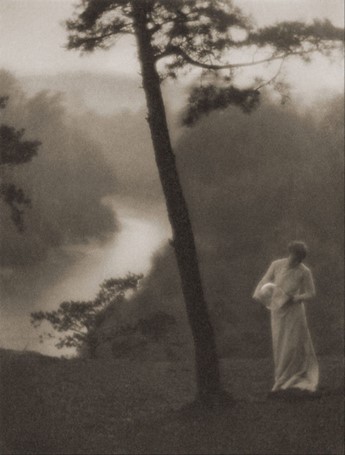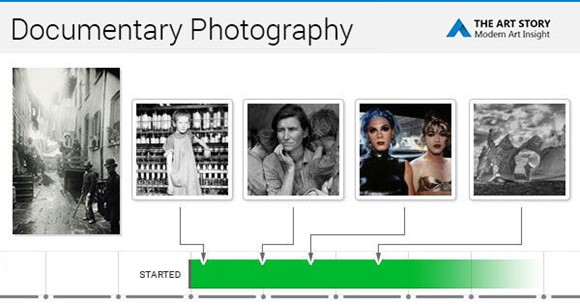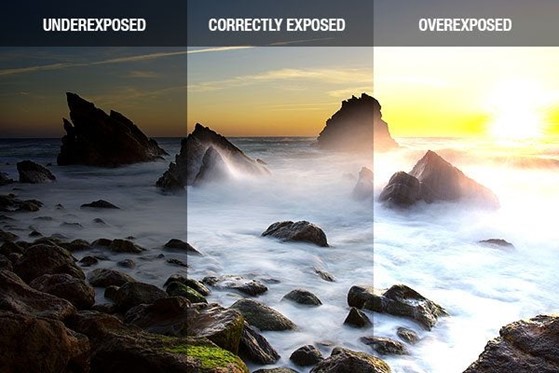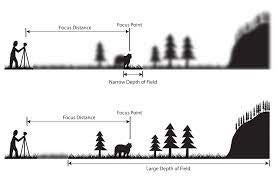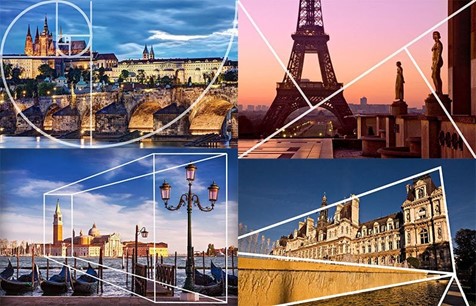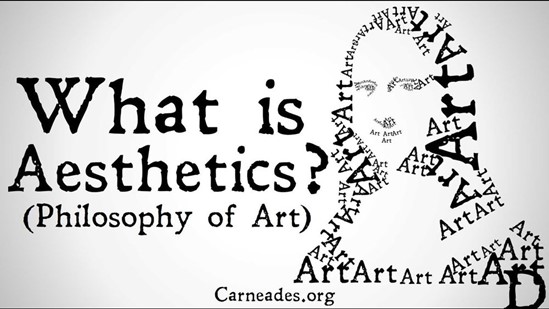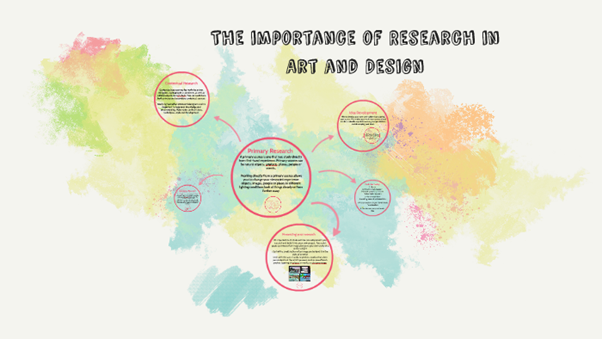MY JERSEY
MERGING/LAYERING MOOD BOARD

RESEARCH
Alexander Rodchenko
Alexander Rodchenko, born 5 December 1891 in Russia, started as a painter and graphic designer before venturing into photography and photomontage in the 1920s. He studied at the Kazan School of art between 1910 and 1914. His work was obscure that was very distinct, often using unusual angles – usually high above or down below – and playing with the geometric aspect. His photography approach was very different from other photographers, he used bold and unexpected perspectives to bend the rules of standard photography at the time. He later died on 3 December 1956.

ANAYLSIS
The images being used are very simple but it is the layering that makes this picture unique. The lack of colour also allows the focus to be on the merged images and not be drowned out by loads of pops of colour. The pictures being placed in two different areas and being slightly different from each other also creates a feel of movement and depth. The pictures have been layered so that you can easily see both pictures and how they blend together.
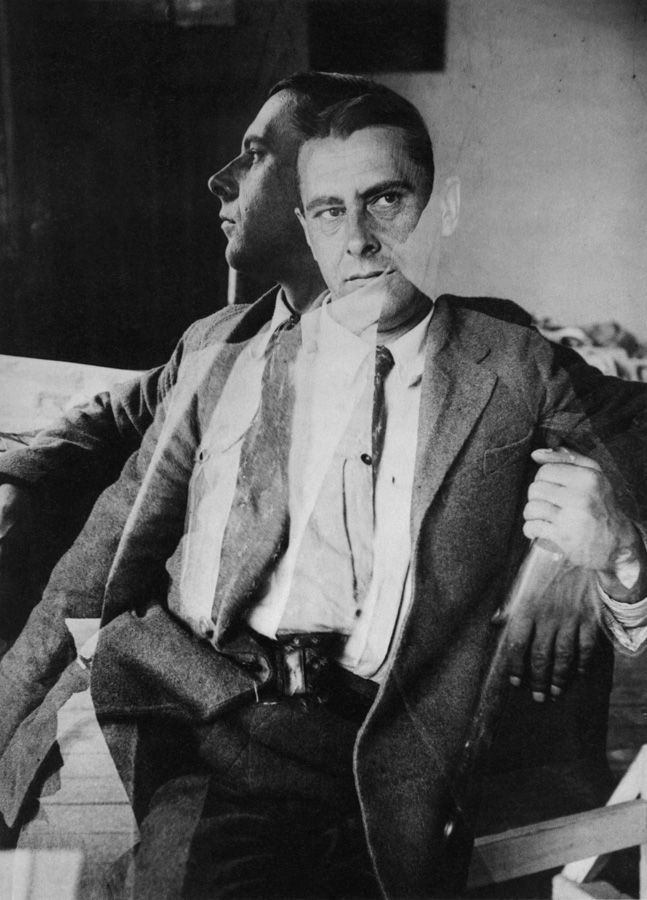
EDITING
To edit these photos I started by turning each into black and white on photoshop, I then used the dodge and burn tool to enhance any areas I believed needed it. For example, I focused on highlighting the faces and hands more so they are the main premise of the image while still trying to make it as natural as possible. I heightened the exposure and contrast I then layered the photographs on top of each other and lowered the opacity until I was happy with how it looked, I ended up with an opacity of 52% on the first image and 47% on the second.
RESPONSE
For this photoshoot, I wanted there to be a lot of movement and depth by merging different facial expressions and hand movements. I used my favourite pictures to make the edit below.
I had my models pose in font of a white background and had them do different facial expressions and hand movements until I took some that I really liked. I used a tripod to guarantee the camera stayed in the exact same place. I also wanted to replicate Alexander Rodchenko by having the model look into the camera for one of the photos and then looking away for the other, however thing only worked with one of the pictures.
THE TRANSFORMATION
Original
Black and white
Final edit
EVALUATE
Overall, I really like how they turned out, I think the movement and depth resembles the work of Alexander Rodchenko a lot. However, I do think it would have been better if the movements were closer together to make it look a little bit more natural and there was not loads going on to make it easier to see exactly what is going on with out it being drowned out. I also could have gone in and edited the final edit in photoshop, I could have used the dodge and burn tool to make the image have more depth of field.
To make it even better, I could focus more on how the pictures are layered, making some more important areas more visible than other ones that are not as needed. This would make the whole picture not only as chaotic but also the best parts would be the main focus.
LANDSCAPE
Best shots:
For this photoshoot, I decided to photograph the beach near my house as I walk my dog here almost everyday and I have some very special memories there, it also happened to be a very beautiful day when I took the pictures.
EDITING
I did not want to play around with these images too much as I already thought the colours were perfect and a lot of the picture would be hidden by the previous pictures. However, I did enhance the highlights and shadows just to bring a bit more life to the lower half of the pictures. I also increased the exposure and contrast slightly to pull the bright colours out even more.
FINAL EDITS
Overall, I really like how they turned out as the black and white complements the bright colours of the background. The still water and beach also juxtaposes with the chaotic and messy portrait pictures that are full of movement.
However, I could have made them better by spending more time editing them and also thinking more carefully about how I take my pictures and at what angles.


